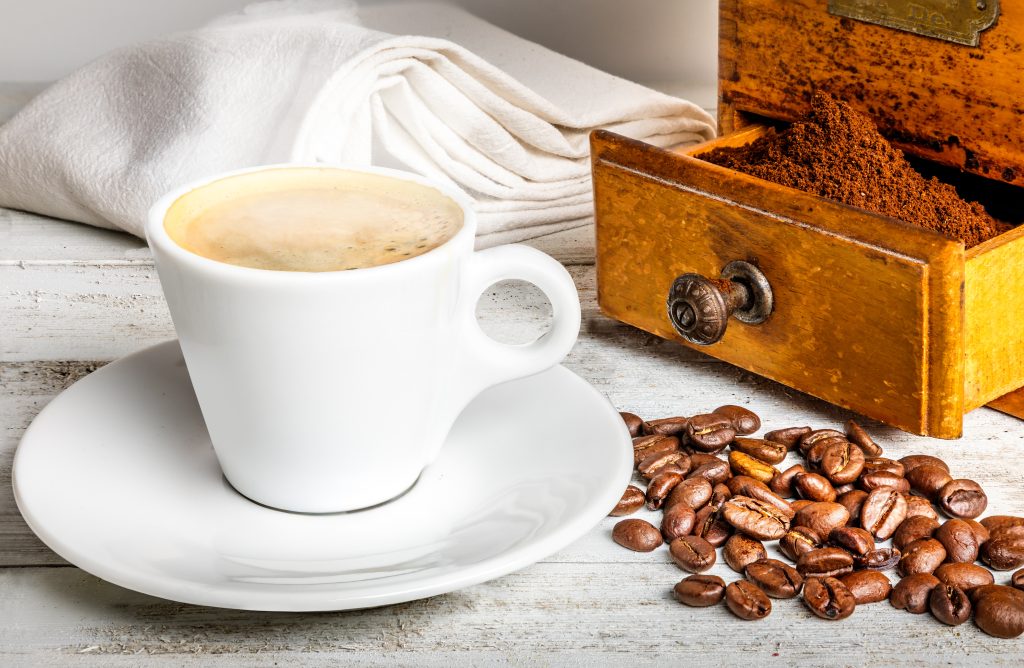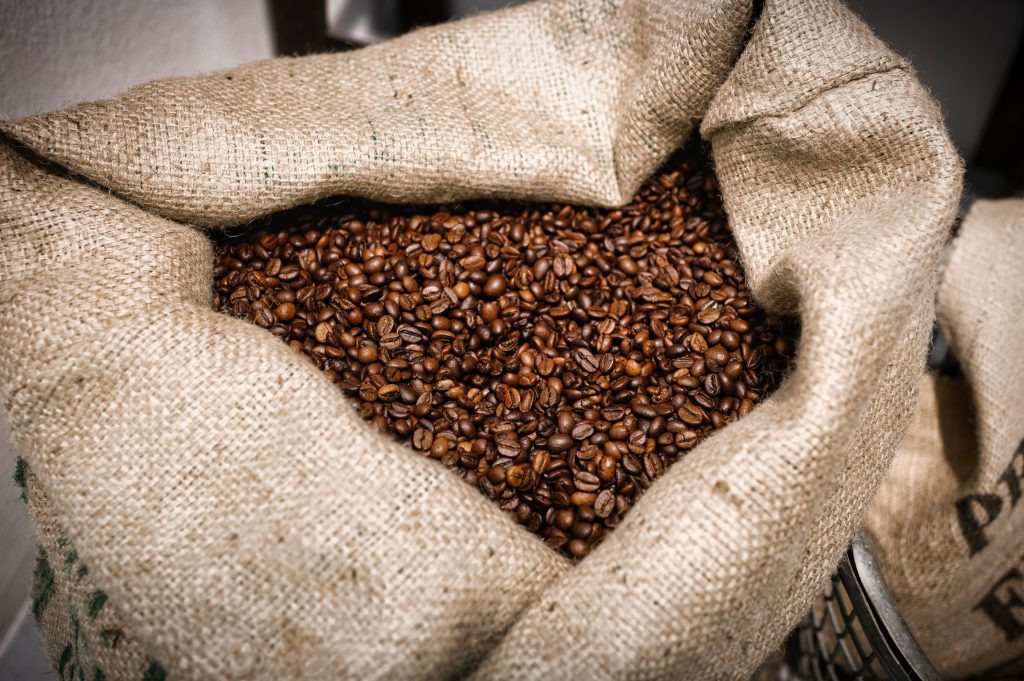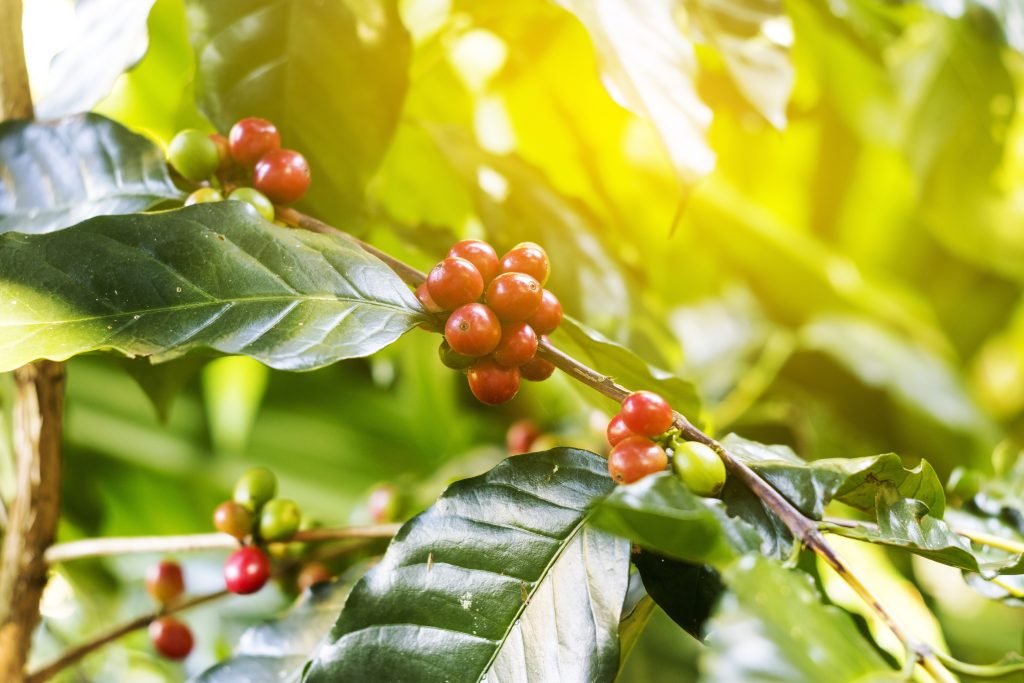Coffee is one of the world’s favourite drinks and is prized primarily for its invigorating effect, which it owes to the caffeine it contains. The exact amount of caffeine in coffee depends on various factors, including the type of coffee, the method of production and the cup it is served in – here we have briefly summarised the key points
The type of coffee: There are different types of coffee beans that contain different amounts of caffeine. Arabica beans are the most common and usually contain less caffeine than Robusta beans. The type of coffee you drink therefore influences the amount of caffeine you consume.
The production method: The coffee production method also has an effect on the amount of caffeine in the drink. The brewing method plays a role here. Filter coffee usually contains less caffeine in 100 ml than espresso, but the larger quantities consumed usually mean that more caffeine is consumed than with the same number of espressos.
The cup: The size of the cup in which the coffee is served also influences the amount of caffeine in the drink. A small cup (e.g. a cup of espresso) therefore contains less caffeine than a large cup (e.g. a cup of filter coffee).
To summarise, it can be said that the amount of caffeine in coffee depends on various factors. Basically, however, it can be said that a cup of black coffee contains around 95 mg of caffeine, which is about the same as in a cup of tea.
What does caffeine do to us?
Most people drink coffee because they are tired and want more energy. Caffeine causes the heart rate to increase and the blood vessels to dilate. As a result, blood is transported faster through the body and the muscles are better supplied with oxygen. Caffeine is therefore a pleasantly effective stimulant that increases physical and mental performance. If you are hypersensitive to caffeine, we recommend the equally flavoursome “Mit Ohne” variety from our NABER Wiener Kaffee Manufaktur, available as a bean, capsule or ESE pod. The revitalising effect of caffeine generally does not last long. After about one to one and a half hours, the body begins to break down the caffeine. The heart rate then drops again and the blood vessels contract back to their normal size.


